In an era where travel experiences often seem curated primarily for social media appeal, finding destinations that offer authentic cultural immersion rather than manufactured photo opportunities has become increasingly challenging. The modern traveler often navigates through crowds of influencers striking poses at designated viewpoints, turning meaningful sites into mere backdrops for carefully filtered content. Fortunately, there remain places around the globe where genuine experiences still outweigh performative tourism.
Here is a list of 20 destinations that prioritize authentic encounters over picture-perfect moments, offering travelers something real to experience rather than simply capture.
Guizhou Province, China
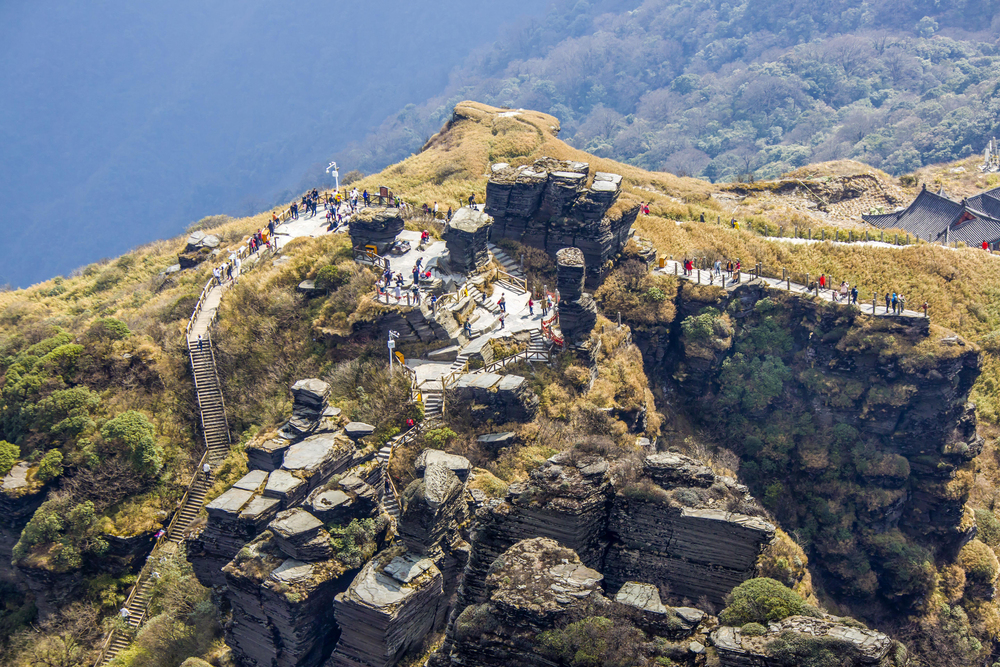
Far from Beijing’s Forbidden City and Shanghai’s futuristic skyline, Guizhou Province offers encounters with traditional rural life and ethnic minority cultures largely untouched by mass tourism. Villages built into mountainsides maintain centuries-old customs, while terraced rice fields follow the natural contours of the landscape.
Local markets feature handcrafted items made for actual use rather than tourist consumption. The absence of iconic landmarks means fewer influencers but a far more authentic cultural exchange.
Uruguay’s Interior

While neighboring Argentina and Brazil draw massive international attention, Uruguay’s countryside towns provide refreshingly genuine South American experiences without crowds or pretense. Small communities like Tacuarembó maintain authentic gaucho traditions with regular cattle auctions and authentic parrilladas that serve locally raised beef.
Historic estancias welcome visitors as actual guests rather than photo-seeking tourists. The laid-back pace reflects real Uruguayan life rather than a performance created for visitors.
Like Travel Pug’s content? Follow us on MSN.
The Faroe Islands

This autonomous territory between Iceland and Norway offers dramatic landscapes without Iceland’s now-familiar Instagram hotspots. The islands’ rugged coastlines, grass-roofed houses, and exceptional hiking remain relatively uncrowded due to challenging weather and limited infrastructure.
The Faroese people maintain fishing traditions and cultural practices that existed long before tourism arrived. Visiting requires embracing unpredictable conditions rather than expecting perfectly staged photos.
Coastal Gujarat, India
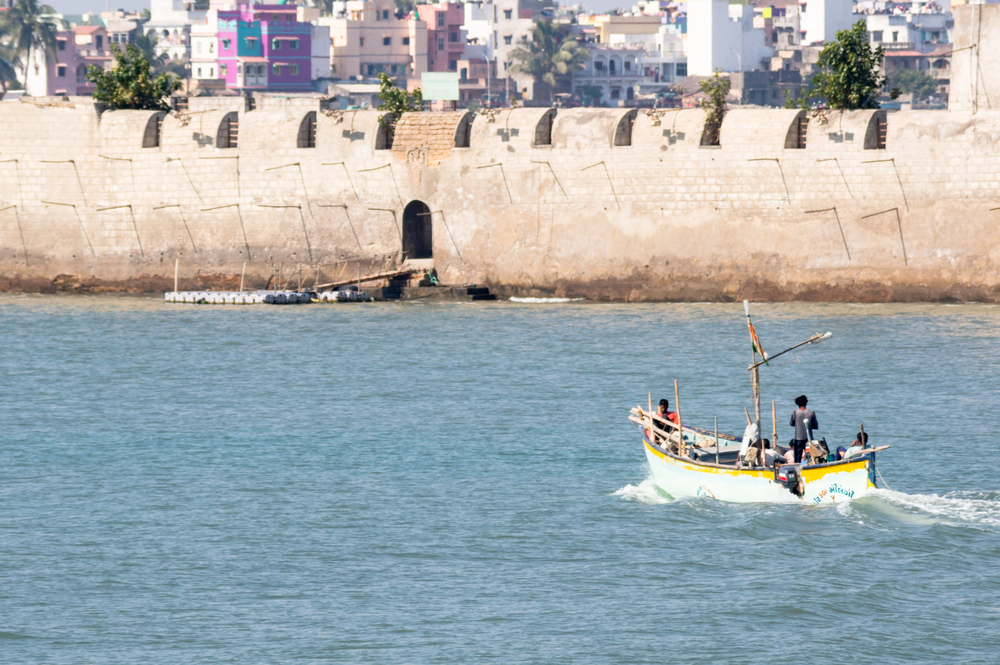
India’s northwestern coastal region offers remarkable cultural diversity without the masses photographing the Taj Mahal or Varanasi’s ghats. Communities like the Siddi people, descendants of African sailors, maintain distinctive traditions, while ancient ports reveal forgotten chapters of maritime history.
Local craftsmanship in textiles continues for practical purposes rather than tourist souvenirs. The food remains genuinely regional rather than adjusted for foreign palates.
Detroit, Michigan

Beyond the ruin photography that once dominated Detroit’s image, the city offers an authentic urban experience where creativity emerges from necessity rather than curated aesthetics. Neighborhood markets, community gardens, and grassroots art spaces reflect genuine revitalization rather than gentrified performance.
Motown history feels lived rather than packaged, while industrial architecture finds a new purpose through local initiatives. Detroit prioritizes substance over style in ways increasingly rare in urban tourism.
Like Travel Pug’s content? Follow us on MSN.
Rural Albania

While Croatia’s coastline has become an Instagram favorite, neighboring Albania offers similar Mediterranean beauty with remarkably different social dynamics. Mountain villages practice traditional hospitality, where guests receive a genuine welcome rather than transactional tourism.
Ancient archaeological sites often stand without barriers, signs, or entrance fees. The country’s complex history of isolation created preservation by default rather than design, making cultural encounters noticeably authentic.
Suriname
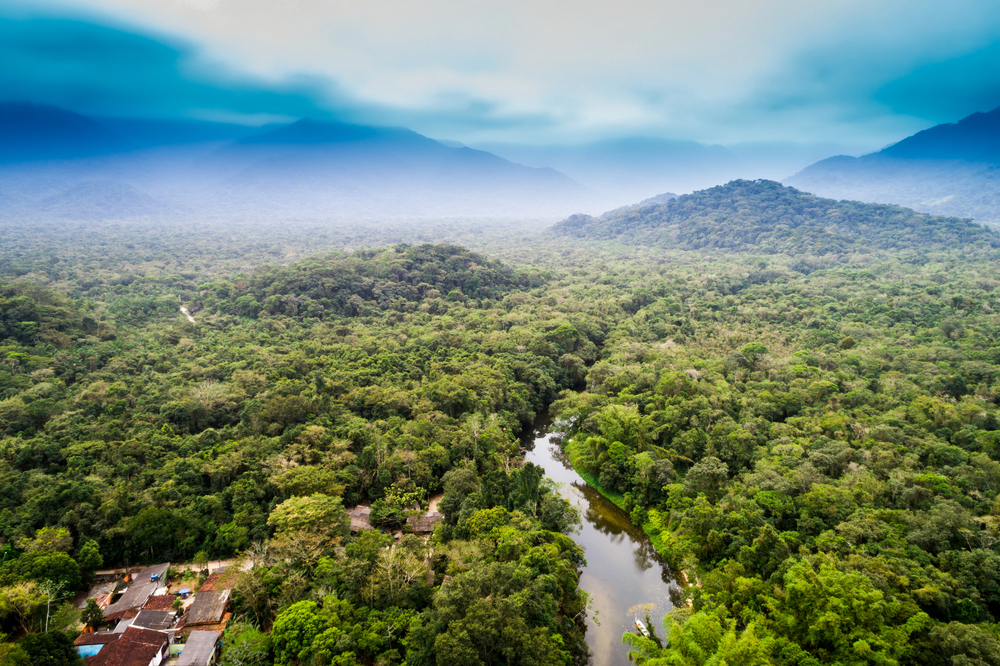
This small South American nation offers extraordinary cultural diversity with minimal tourism infrastructure. Descendants of escaped enslaved people maintain traditional Maroon communities in the interior, while the capital features Dutch colonial architecture alongside Hindu temples and mosques.
Wildlife watching happens through necessity rather than organized tours. The remarkable mix of Caribbean, South American, Asian, and European influences creates cultural exchanges that feel genuinely educational rather than performative.
Saskatchewan, Canada

Far from the heavily photographed mountain landscapes of western Canada, Saskatchewan’s prairies offer subtler beauty and authentic rural experiences. Small towns maintain genuine community events, from agricultural fairs to curling tournaments. First Nations communities share cultural knowledge through direct engagement rather than staged performances.
The province’s wide-open spaces create genuine opportunities for solitude and reflection, impossible in more popular destinations.
Like Travel Pug’s content? Follow us on MSN.
Madagascar’s Western Coast

While Madagascar’s lemurs attract wildlife photographers to well-established parks, the island’s western coastline offers cultural encounters with Vezo fishing communities and authentic village life. Traditional outrigger canoes serve practical transportation needs rather than tourist experiences, and local markets trade necessities rather than souvenirs.
The challenges of travel in this region—from basic accommodations to unpredictable transportation—ensure experiences remain authentic rather than curated for comfort.
Kyrgyzstan
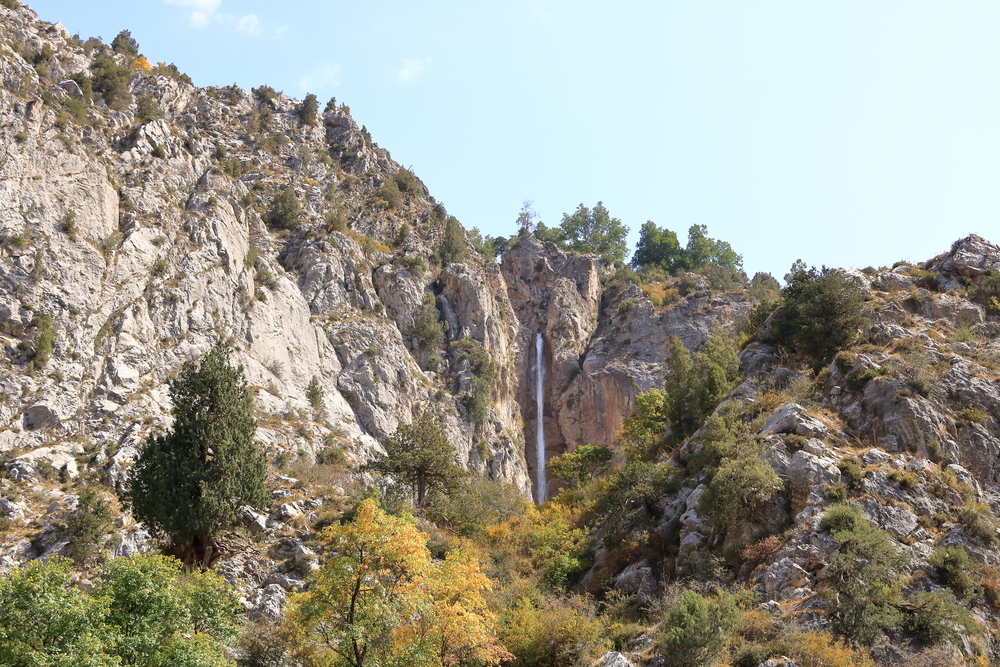
Central Asia’s mountainous republic offers cultural traditions maintained through necessity rather than preservation efforts. Nomadic families still practice seasonal migration with livestock, staying in yurts for practical purposes rather than tourist accommodation. Horse culture remains central to daily life, with skills passed through generations.
Community-based tourism initiatives connect visitors with actual households rather than staged demonstrations, creating mutual exchange rather than one-sided observation.
Guyana

South America’s only English-speaking country receives remarkably few visitors despite extraordinary natural and cultural attractions. Indigenous communities maintain traditional relationships with the rainforest, sharing knowledge developed over generations. The capital, Georgetown, preserves colonial wooden architecture through continued use rather than heritage designation.
Wildlife encounters happen naturally rather than through guaranteed viewing opportunities, requiring patience and genuine interest rather than quick photographic trophies.
Like Travel Pug’s content? Follow us on MSN.
Rural Portugal
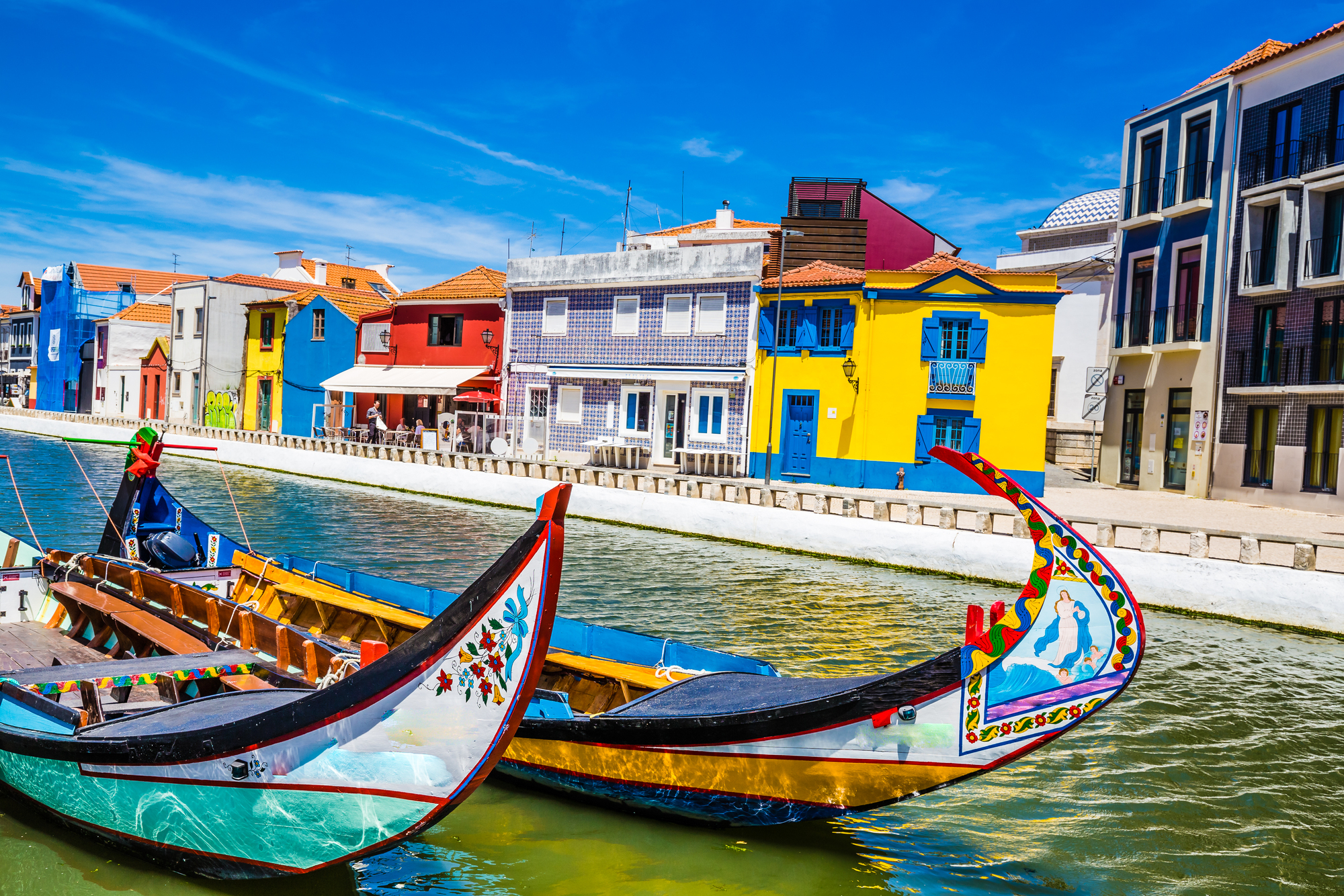
Beyond Lisbon’s photogenic tiles and Porto’s picturesque riverfront, Portugal’s interior villages maintain traditions that are increasingly rare elsewhere in Western Europe. Seasonal agricultural practices still dictate community rhythms, while multi-generational families continue traditional crafts through necessity rather than preservation programs.
Local festivals celebrate authentic religious devotion rather than tourist entertainment. The slower pace reflects genuine rural life rather than a curated experience of rusticity.
El Salvador
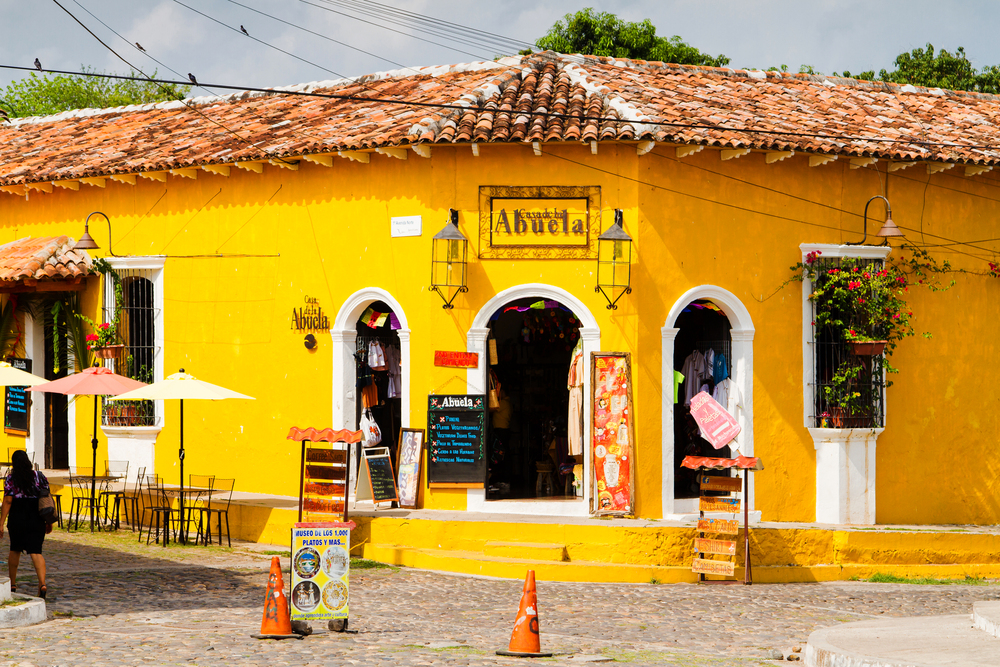
Central America’s smallest country offers remarkable cultural and natural experiences, unlike the tourism development of neighboring Guatemala or Costa Rica. Pre-Columbian archaeological sites often stand without barriers or crowds, allowing direct engagement with ancient structures. Volcanic landscapes provide dramatic scenery without designated viewing platforms or social media crowds.
The country’s complex recent history creates opportunities for meaningful conversations with locals genuinely interested in sharing their perspectives.
Moldova

Europe’s least-visited country maintains agricultural traditions and village life essentially unchanged by Western influence or tourism development. Underground wine cellars extend for kilometers beneath villages, serving local storage needs rather than primarily attracting visitors. Horse-drawn transportation remains practical rather than performative in many rural areas.
The complex Soviet legacy creates meaningful historical discussions rather than simplified narratives packaged for tourists.
Like Travel Pug’s content? Follow us on MSN.
Dominica
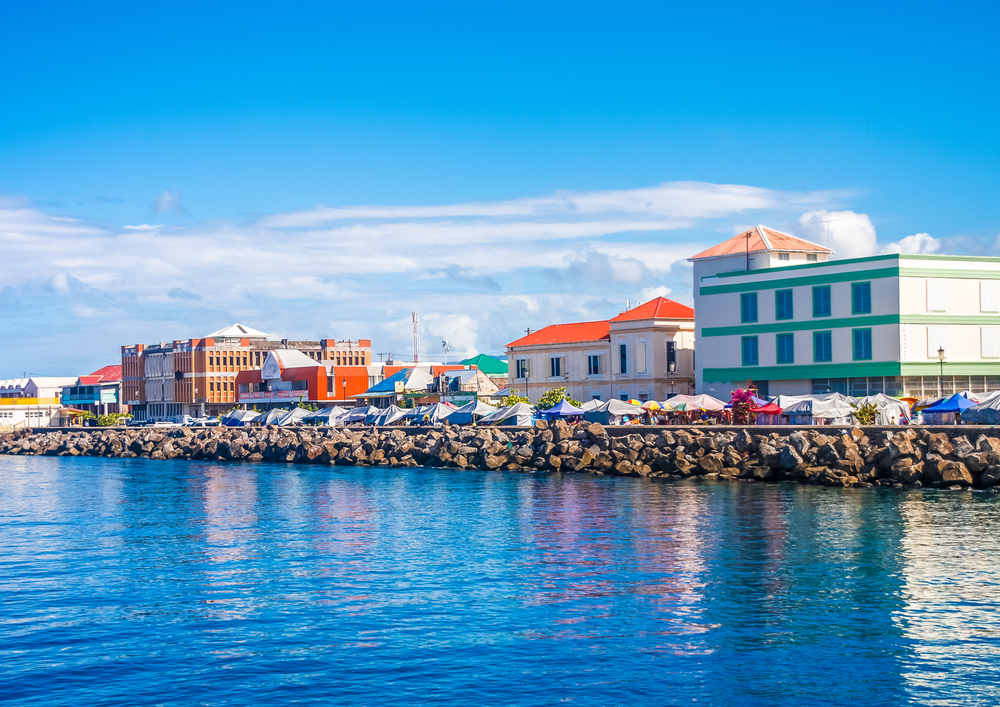
Unlike other Caribbean islands focused on resort development and cruise ship tourism, Dominica prioritizes natural preservation and sustainable community development. Volcanic features like boiling lakes and hot springs remain in largely natural states without excessive infrastructure.
Communities maintain traditional practices from fishery management to herbal medicine. Post-hurricane reconstruction efforts focus on resilience rather than merely restoring tourist appeal, creating a destination with genuine environmental commitment.
Dakar, Senegal
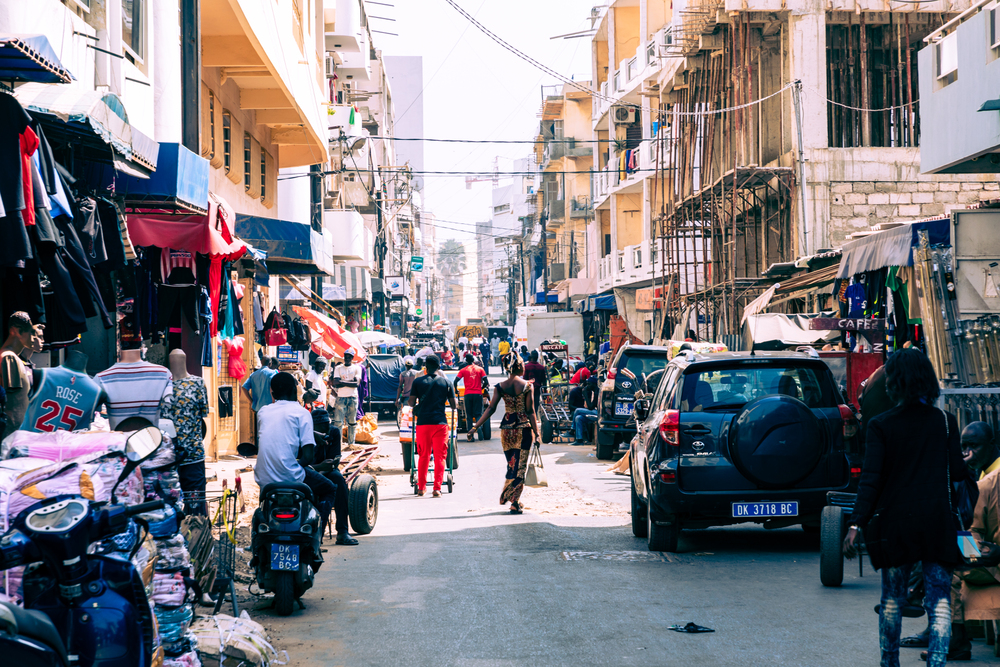
West Africa’s creative hub offers vibrant cultural experiences that exist for local communities rather than visitor expectations. The city’s remarkable music scene performs for predominantly local audiences, while fashion innovation reflects genuine self-expression rather than tourist perceptions of “African style.”
Public art addresses community concerns rather than Instagram aesthetics. Markets supply everyday needs rather than tourist souvenirs, creating authentic urban exploration opportunities.
Newfoundland, Canada
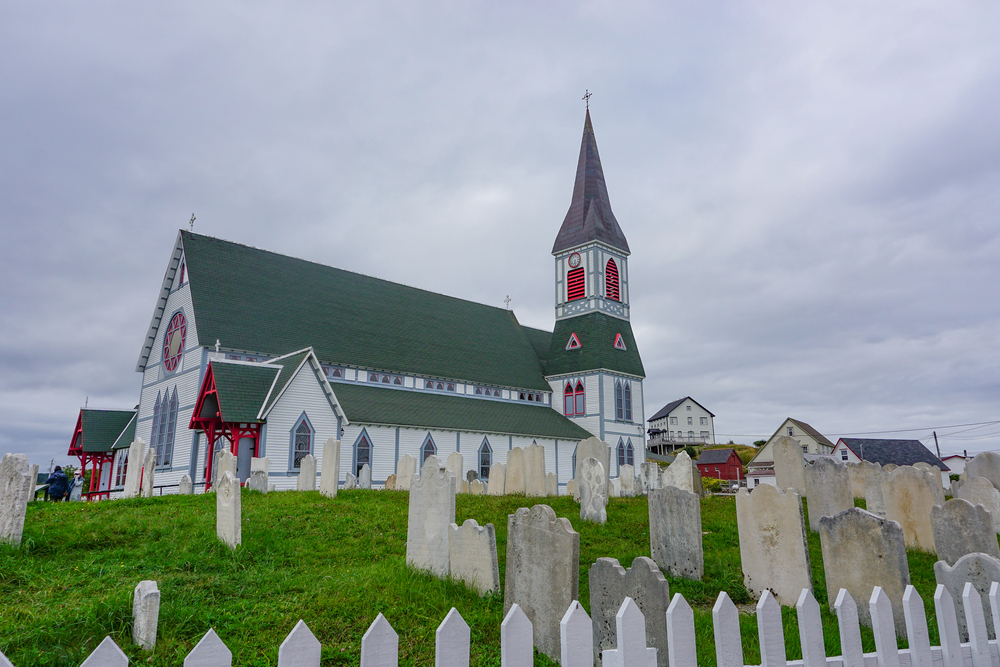
This Atlantic province maintains distinct cultural traditions shaped by isolation and maritime heritage. Outport communities speak dialect variations that are incomprehensible elsewhere, while kitchen parties featuring traditional music happen organically rather than on performance schedules.
Local cuisine reflects the practical use of available resources rather than trend-conscious restaurant culture. The genuine warmth of local hospitality emerges from cultural values rather than tourism training.
Like Travel Pug’s content? Follow us on MSN.
Rural Japan

Beyond Tokyo’s technology and Kyoto’s temples, Japan’s countryside offers authentic experiences that are increasingly rare elsewhere. Agricultural communities maintain traditional practices out of necessity rather than preservation, while rural festivals continue traditions with minimal concession to outside observers.
Multi-generational family businesses practice traditional crafts at remarkably high standards for practical local use. The absence of English signage or accommodation for tourists creates both challenges and opportunities for genuine cultural immersion.
Suriname River Communities, Suriname

Inland from coastal Suriname, communities along the upper Suriname River maintain distinctive lifestyles shaped by isolation and self-sufficiency. Villages practice traditions blending African heritage with forest adaptation, from wood carving to botanical medicine.
River transportation serves as a practical necessity rather than tourism, while community decisions follow traditional authority structures. The absence of cellular service or consistent electricity creates space for genuine human connection rather than digital distraction.
Western Bosnia
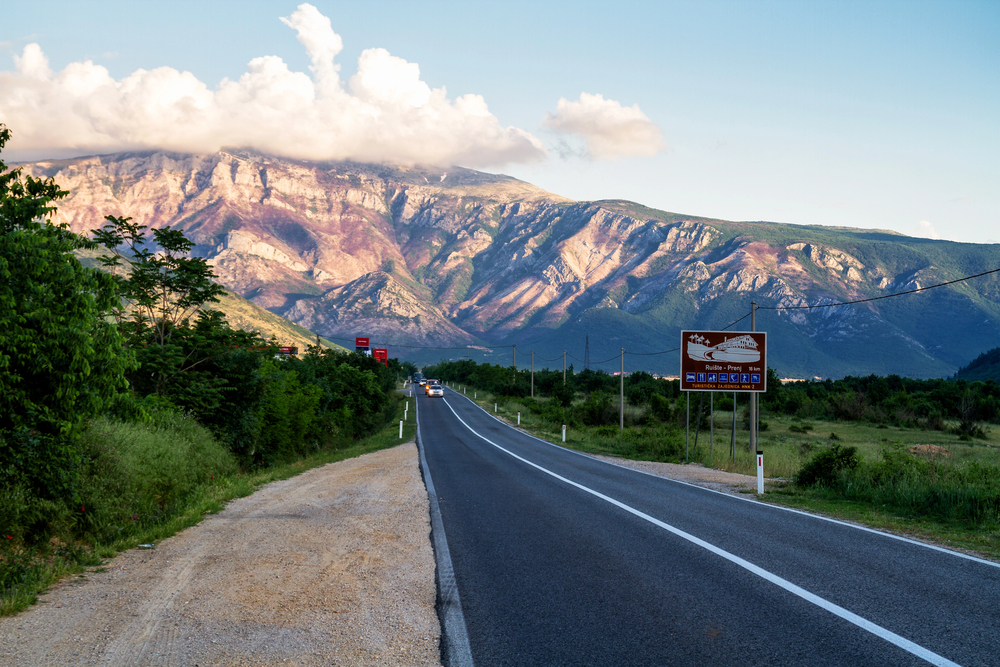
Less visited than coastal Croatia or historic Sarajevo, Bosnia’s western regions offer authentic experiences in communities still recovering from conflict. Family-run restaurants serve genuine local specialties rather than international menus, while traditional coffee culture facilitates actual conversation rather than laptop work or quick photography.
Rural homestays provide genuine cultural exchange rather than curated experiences. The palpable sense of resilience creates meaningful encounters that are impossible in more tourism-developed regions.
Like Travel Pug’s content? Follow us on MSN.
The Value of Authenticity

These destinations remind us that travel at its most rewarding involves genuine human connection, cultural learning, and sometimes uncomfortable challenges rather than merely collecting visual trophies.
The real value of travel often emerges from unexpected encounters that are impossible to plan or photograph effectively—sharing meals with strangers, conversations across language barriers, or quiet moments of cultural realization. By prioritizing authentic experience over curated appearances, travelers rediscover the transformative potential of exploration that originally inspired human wanderlust long before filters and followers entered our vocabulary.
More from Travel Pug

- Cities Growing so Fast You Won’t Recognize Them in 10 Years
- 13 Destinations Where Tourists Regularly Regret Their Trip
- 20 Obscure WWII Sites Even History Buffs Don’t Know About
- 10 Under-the-Radar Mountain Towns That Are Both Affordable and Beautiful
- Remote Villages in Europe Where You Can Live for Free in Exchange for Work
Like Travel Pug’s content? Follow us on MSN.
